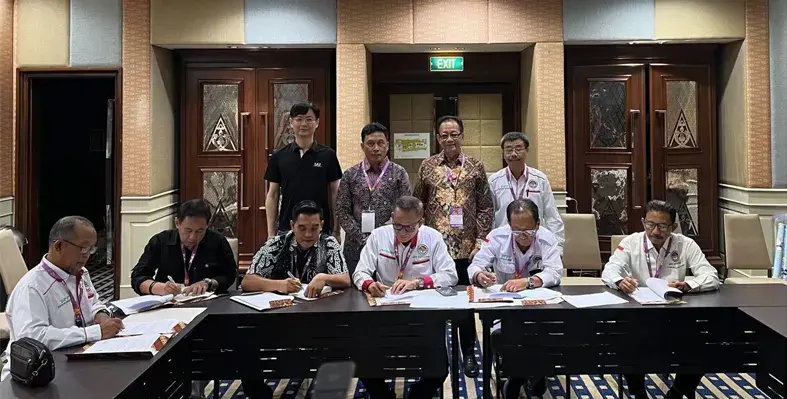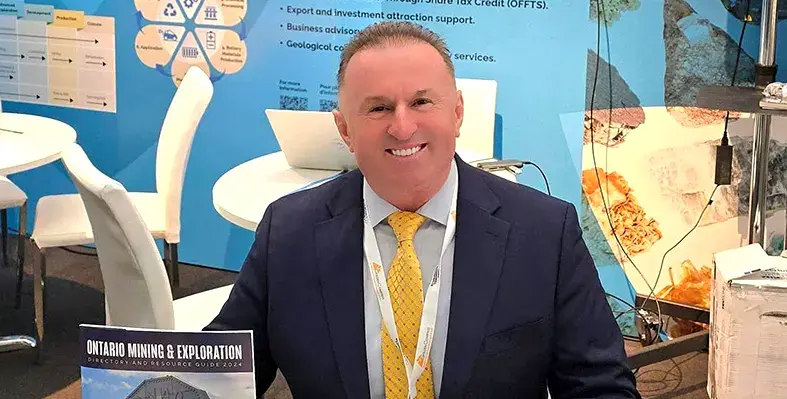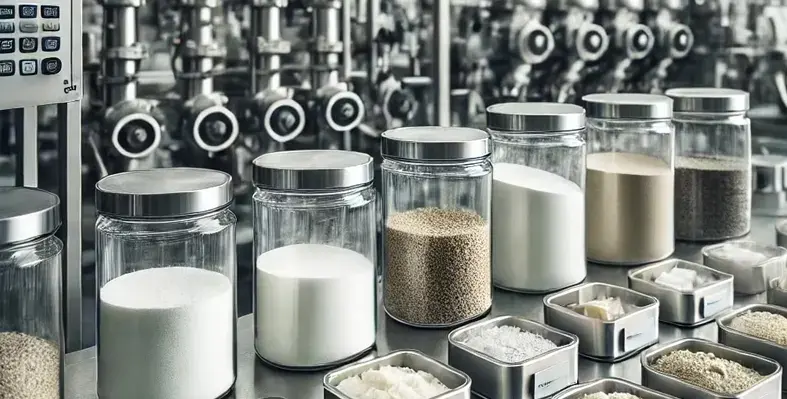
IAT Inks MoU with Aspekpir Indonesia to Enhance Quality Analysis for the Local Palm Oil Industry. (Image source: IAT)
Leading provider of professional Near-Infrared (NIR) analysis products and services, IAT (Singapore) Technology Pte. Ltd. (IAT) recently signed a memorandum of Understanding (MoU) with Aspekpir Indonesia, aiming to revolutionise quality analysis in the palm oil industry
With its flagship product, the IAS-6100, IAT introduces advanced technology capable of delivering real-time data in less than two minutes, offering highly accurate assessments of oil palm fruit and its by-products. IAT offers palm oil quality detection tools to analyse various materials such as palm fruit, FFB, EFB, CPO/PKO, palm kernels, pressed fiber, and production waste.
The IAS-6100 is compact and portable, making it ideal for diverse settings, including offices, production sites, laboratories, and plantations. IAT's entry into the palm oil industry this year represents a strategic move to enhance quality testing methods, replacing traditional processes with faster and more efficient alternatives.
It employs cutting-edge technology, including a spectral engine, DMD digital micromirror scanning, and next-generation circuit boards. Features include compact design for flexibility, fast and non-destructive testing for precise data, wide applicability across multiple industries, user-friendly operation with minimal manual intervention, and environmentally friendly testing processes that eliminate the need for chemical pre-treatment.
Traditional quality analysis in laboratories can be time-consuming, with oil content testing alone requiring 15 to 16 hours. The IAS-6100 reduces this time dramatically, delivering results in just two minutes per sample. Its multi-parameter analysis capability allows a single device to perform multiple tests without compromising sample integrity. By removing the need for chemical reagents, the device also supports green production practices and aligns with sustainability goals.
"Before entering the oil palm sector, we conducted extensive research to determine precise testing parameters," said Edi Hariyanto, Indonesia sales manager at IAT. "With advanced research capabilities and experienced personnel, the IAS-6100 achieves an accuracy rate exceeding 95%. Regular calibration can further enhance this accuracy to 100%. The tool enables quick decision-making at the management level by delivering results in a matter of minutes."









